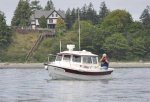starcrafttom
Active member
- Joined
- Nov 7, 2003
- Messages
- 7,963
- Reaction score
- 2
- C Dory Year
- 1984
- C Dory Model
- 27 Cruiser
- Hull Identification Number
- wn something
- Vessel Name
- to be decided later
I like that last commit
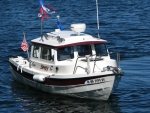
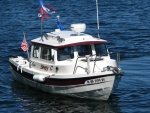
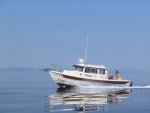
journey on":jeaiqytw said:OK, I lie, the above post was a lie. It's not my last post.
The reason of this post is that BOAT-US posted the results of an anchor test done by Fortress in Chesapeake Bay (mud.) Here's the test: Chesapeake Anchoring tests. And here are the results: Anchor test results.
Not surprising, the Fortress, with the larger fluke setting came in first. I allow you to read the rest.
Boris
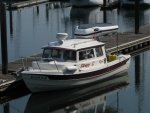
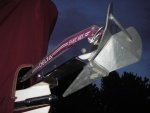
hardee":3r9fhet4 said:I went back and watched the video results: Anchor test results of the testing and it was a good refresher. Still amazing that they have all that "dragging data" and yet don't have a diver or underwater camera to correlate the strain gauge info with what is actually going on. For trying to present that as being all "scientific", there is way too much "we think it is doing ....." stuff. JMHO though.
I am still looking at info and hoping for more use reports.
Harvey
Chester":l492lvz9 said:hardee":l492lvz9 said:I went back and watched the video results: Anchor test results of the testing and it was a good refresher. Still amazing that they have all that "dragging data" and yet don't have a diver or underwater camera to correlate the strain gauge info with what is actually going on. For trying to present that as being all "scientific", there is way too much "we think it is doing ....." stuff. JMHO though.
I am still looking at info and hoping for more use reports.
Harvey
Hello, Harvey.
Ask ad ye shall receive. Tests and videos.
http://forums.sailinganarchy.com/index.php?showtopic=169269&hl=
